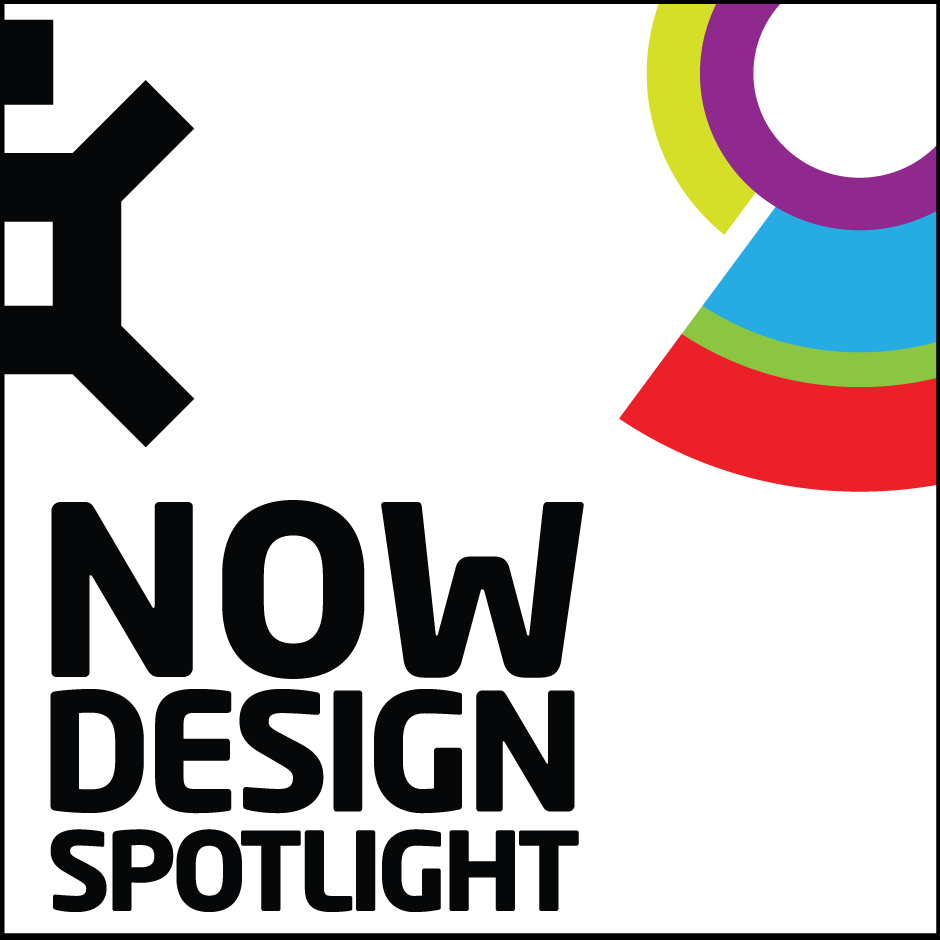





Image Credit : Brett Beyer
Iwan Baan

Project Overview
Opening April 5, 2019 in New York, The Shed will be an arts centre dedicated to commissioning, producing, and presenting all types of performing arts, visual arts, and popular culture.
Project Commissioner
Project Creator
Diller Scofidio + Renfro/Rockwell Group
Project Context
The Shed takes inspiration, architecturally, from the Fun Palace, the influential but unrealised building-machine conceived by British architect Cedric Price and theatre director Joan Littlewood in the 1960s. Like its precursor, The Shed’s open infrastructure can be permanently flexible for an unknowable future and responsive to variability in scale, media, technology, and the evolving needs of artists.
Project Innovation
The Shed's telescoping outer shell can deploy from its position over the base building and glide along rails onto an adjoining plaza to double the building’s footprint for large-scale performances, installations, and events.
When deployed, the Shed's shell creates a 17,200-square-foot light-, sound-, and temperature-controlled hall that can serve an infinite variety of uses. The hall can accommodate an audience of 1,200 seated or 2,700 standing; flexible overlap space in the two adjoining galleries of the base building allows for an expanded audience in the hall of up to 3,000.
When the Shed's shell is nested over the base building, the 19,500-square-foot plaza will be open public space that can be used for outdoor programming; the eastern façade can serve as a backdrop for projection with lighting and sound support.
The shell’s entire ceiling operates as an occupiable theatrical deck with rigging and structural capacity throughout. Large operable doors on the Plaza level allow for engagement with the public areas to the east and north when open.
Social and Community-Oriented Design - Space
Social and community-oriented design applies a design methodology and intervention to tighten the social fabric that holds us together. Addressing issues of social inequality, such as poverty or social isolation, social design is the pathway to a more just and sustainable society. Community-oriented design is a human-centered and participatory design practice that emphasises the betterment of local communities through the improvement of public facilities, equipment, identity and experience.
The space category celebrates the design process and outcomes of planning, designing and constructing form, space and ambience that reflect functional, technical, social, and aesthetic considerations. It includes architecture, interior design and landscape design as well as set display and exhibition design.
More Details


